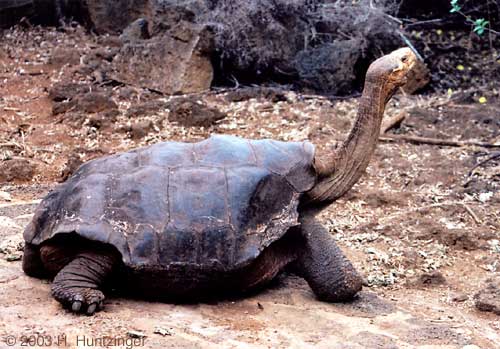

For an island that has for so long been without a giant tortoise population, this groundbreaking project has proved to be an exciting first step for the future of Pinta's biodiversity. Although Pinta no longer possesses it own endemic species of giant tortoise, a recent pioneering conservation project has resulted in 39 hybrid tortoises being repopulated to the island. Wildlife spotting opportunities on Pinta are many and varied. Such pioneering conservation efforts include Project Pinta: a multi-year project aimed at the restoration of Lonesome George's native island. Today Pinta is a symbol of both the negative impact humans can have, and our increasing capacity to achieve ecological restoration of degraded areas. The island is also a good site for seeing marine iguanas and fur seals. All visitors that wish to go ashore on the island will require a special permit from the Galapagos National Park.Īlthough relatively small in terms of area, Pinta is home to an incredible variety of wildlife, including swallow-tailed gulls, Galapagos hawks and an array of other spectacular birdlife. Pinta has no real visitor sites as such, although there are a number of landing sites around the island. The island is probably best known for being the birthplace of world renowned Lonesome George, the last remaining subspecies of Pinta giant tortoise, which has now become a representation of the vulnerability of the Galapagos Islands. Pinta is the ninth largest of the Galapagos islands, situated in the northernmost part of the archipelago. Island Highlights: Swallow Tailed Gull, Marine Iguana, Galapagos Hawk, Fur Seal, Giant Tortoise, Project Pinta


 0 kommentar(er)
0 kommentar(er)
